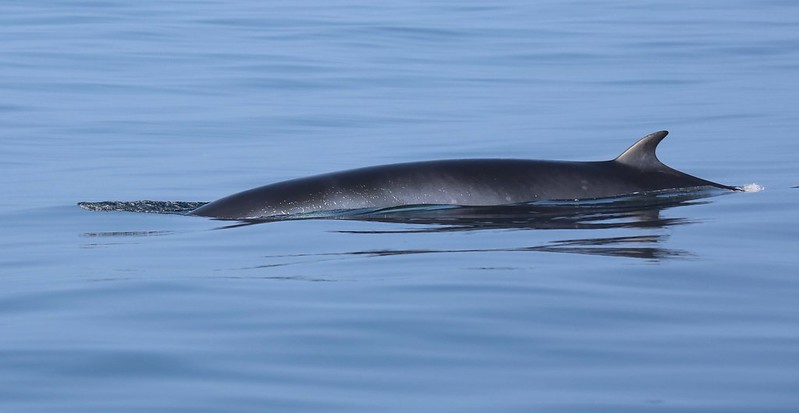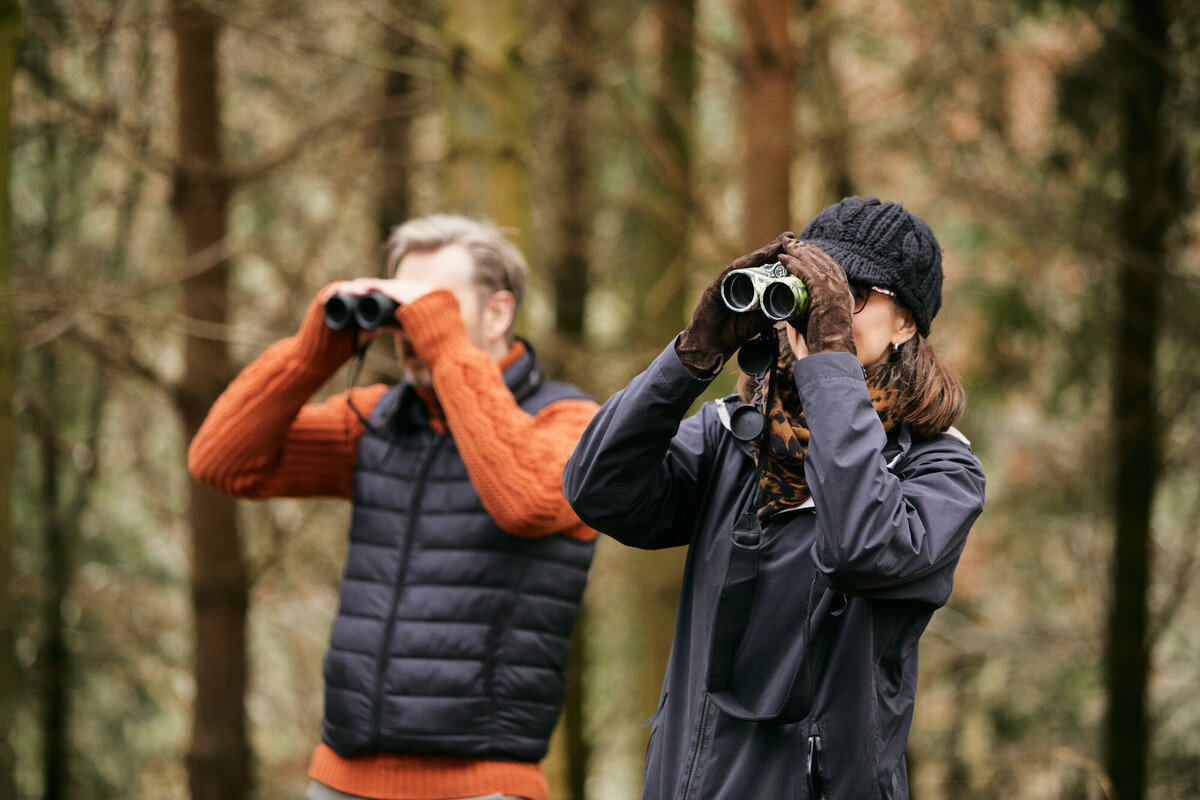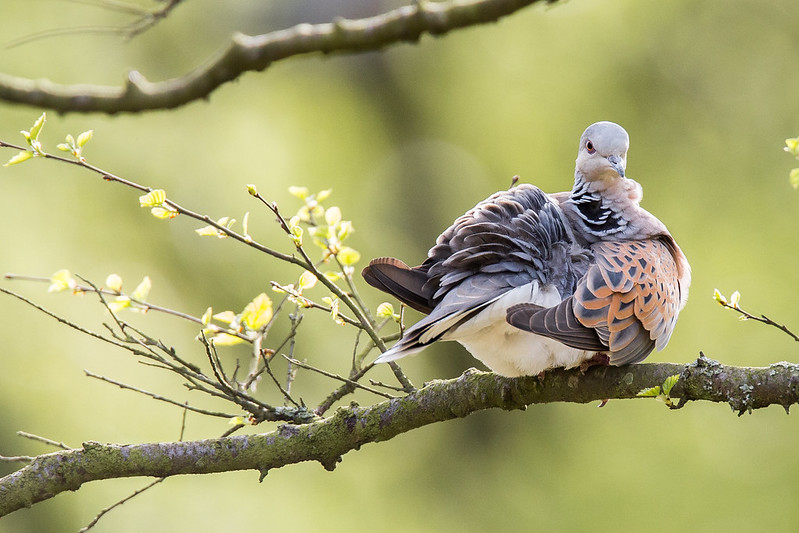From moorland birds to minke whales, there’s a wealth of wildlife waiting to be discovered in the North York Moors. Here's a selection of spots that are easy to get to and where you've got a good chance of seeing something.
Check out the nature calendar for a month by month guide on where to go and what you can see, as well as seasonal walks. There are lots of fun wildlife themed events and walks organised throughout the year too, see our Events Calendar for more details and get yourself booked on!
Coastal life

We're still amazed that people haven't yet realised just how many whales (minke, fin, sei, pilot and humpbacks), porpoise and dolphins are right on our doorstep.
From June until October/November, white-beaked dolphins and minke whales follow the shoals of North Sea mackerel and herring swimming south from the Arctic and make a spectacular sight.
You can join a couple of operators in Staithes, on the search for these amazing sea creatures Yorkshire Coast Nature or Three Sisters Sea Trips.
Both common and grey seal colonies are thriving beneath the cliffs along the North York Moors' coast too. You've a very good chance of seeing common seal pups in June and July, while grey seals come ashore to pup in November. Please take care not to disturb these colonies. If you see a seal on a beach, don't get too close and dogs should not be taken near them as they can frighten them. Please check tide times too and leave before high tide approaches. The best and safest way to observe the seals is to join a boat trip from Whitby.
Close by are the 122m chalk cliffs around the Flamborough and Filey coast, home to the largest mainland seabird colony in the UK, where you're nearly 100% guaranteed to see gannets, puffins, kittiwakes and razorbills during the breeding season at the RSPB reserve at Bempton and Yorkshire Wildlife Trust reserve at Flamborough. From April to August more than 400,000 birds bring the cliffs alive and the skies are filled with puffins, gannets and guillemots. Join a gannet and puffin cruise on the Yorkshire Belle on weekends from May to July.
You'll see lots of marine wildlife too by simply foraging with a fishing net amongst the many rockpools up and down the coast. Try Staithes to Port Mulgrave, Runswick Bay, Whitby and Robin Hood's Bay. Who will spot the biggest crab? Look for barnacles, limpets, cockles, sea anemones, blennies, butterfish, sea squirts and sea hares. There are waders, sea birds and migrant species to spot too.
Can't tell a barnacle from a limpet or maybe you'd like to learn about edible seaweeds, then pick up a copy of Field Studies Council Coastal Wildlife of the North York Moors.
Wild about woods (and moorland)

You'll find an abundance of flora and fauna in any of our woodlands. Flora favourites include primrose, bluebells, yellow archangel, wood anemone, cow-wheat and violets. If you get up early enough – or if you walk late enough – you may see both roe and fallow deer. Other mammal species that might be encountered are more relatively common: badger, fox, stoat, weasel, wood mouse and shrew. The North York Moors' forests are also home to at least one pine marten albeit elusive. Find out more about the Heritage Lottery Funded Pine Marten Support Project.
Join North Yorkshire Wildlife on a safari-style tour around the National Park. If you'd like an insight into the world of professional wildlife photography, they also have high-spec professional photographic equipment and super telephoto lenses available to hire.
Or combine the best of woodland and moorland wildlife on one of Yorkshire Coast Nature's Wildlife Safaris. Running from April onwards, you can expect to see plenty of the North York Moors' iconic wildlife around at the time of your trip.
Bird watching

There's a permanent Raptor Viewpoint in Wykeham Forest where you may see merlin, goshawks, honey buzzards, common buzzards, red kite, peregrine, and sparrowhawks but if not, the superb view over Troutsdale will make up for any disappointment.
There are also bird hides at Scaling Dam, Howsham Mill (far end of the island overlooking the river) and Danby Lodge National Park Centre, in Crow Wood. A webcam back in the centre at Danby provides live pictures from some of the nestboxes while over 180 species of bird have been recorded at Scaling Dam; ospreys are often seen on their migratory journeys.
Over at Sutton Bank National Park Centre, the well-stocked bird bistro attracts all sorts, you may even be lucky enough to see a turtle dove in spring and early summer.
Birdline Northeast is a 24 hour answerphone service provides up-to-date bird news from around the region for that day. The message is updated several times a day. Call
